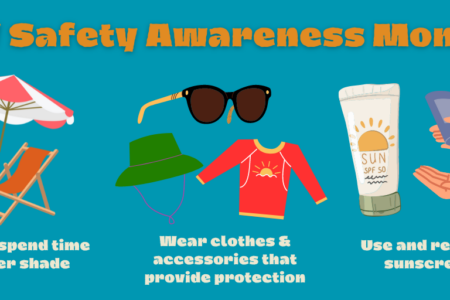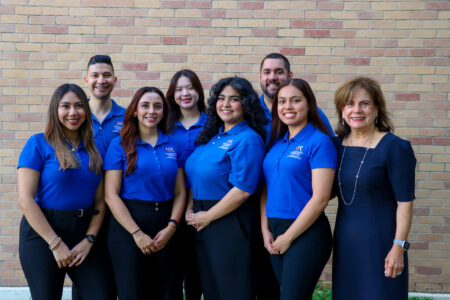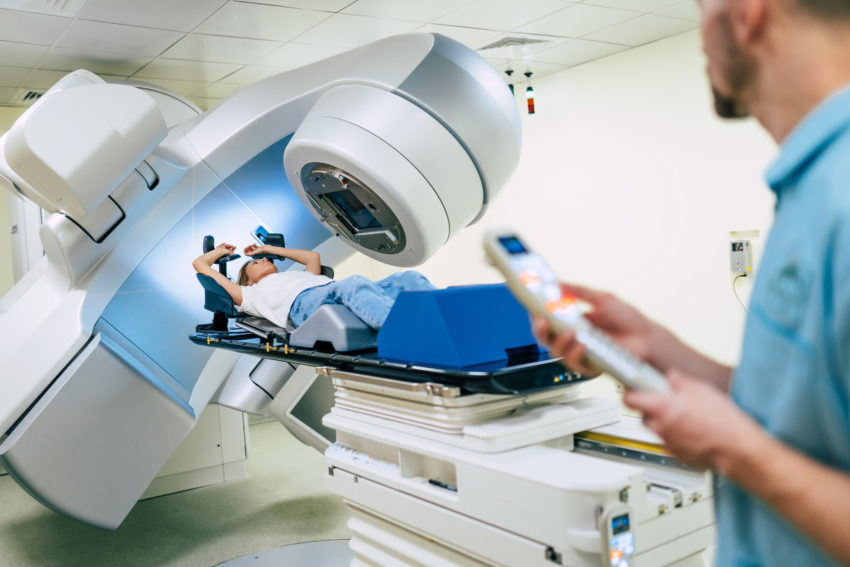
Share On Social!
The patient economic burden for cancer in the U.S. was $21.09 billion, according to the Annual Report to the Nation on the Status of Cancer in JNCI: The Journal of the National Cancer Institute.
“[This total is] made up of patient out-of-pocket costs of $16.22 billion and patient time costs of $4.87 billion,” according to the annual report.
As technology, cancer research, and medicine advances, the effectiveness of therapy treatments only seem to proliferate.
Though this is good news, the reality is that modern cancer treatments are a financial burden to people of color, who also face barriers to equitable cancer care.
Latinos in particular face obstacles such as poor health literacy, concerns about test efficacy, and language and cultural beliefs related to cancer, distrust, and fear.
Additionally, systemic barriers such as difficulty accessing high-quality diagnostic services, poor access to primary care physicians or specialists, and lack of insurance all contribute to disparities in cancer care access and outcomes, according to Journal of Women’s Health.
“Finding ways to ensure that not just some, but all, patients get access to therapies that are beneficial to them is an important goal we must continue to strive for in the cancer community,” commented Dr. Ned Sharpless, director of the National Cancer Institute (NCI).
What Are the Findings on Patient Economic Burden of Cancer Care?
The annual report on current cancer trends is a collaboration of NCI, the American Cancer Society, the Centers for Disease Control and Prevention (CDC), and the North American Association of Central Cancer Registries.
Key findings from the 2021 ARN annual report:
- In 2019, national out-of-pocket costs were highest for breast ($3.14 billion), prostate ($2.26 billion), colorectal ($1.46 billion), and lung ($1.35 billion) cancers.
- Patient costs for cancer were higher for those with late-stage disease at diagnosis. Latinos are likelier than their peers to be diagnosed at later stages of cancer than their White peers.
- Patient out-of-pocket cost was highest for initial ($2,200 and $243, respectively) and end-of-life (defined as 12 months before death) phase of cancer care, averaging $3,823 per year. The continuing phase ($466 and $127, respectively) was the lowest.
- Net annual time costs associated with cancer were $304.3 ($257.9 to $350.9) for adults aged 18-64 years and $279.1 ($215.1 to $343.3) for adults older than 65 years.
- Cancer survivors in both age groups (18-64 years and older than 65 years) were more likely to be older, non-Hispanic White, have at least some college education, and have more Medical Expenditure Panel Survey (MEPS) priority conditions than adults without a cancer history.
“Cancer survivors may experience challenges with these expenses, because nearly 40% of American families report being unable to afford an unexpected expense of $400,” mentioned the annual report.
The findings suggest increasing the attention on the economic burden cancer treatment has on many families.
The Effects of Cancer Treatment Cost on Latino Patients
Cancer affects people of color, specifically the Latino community, at a disproportionate rate.
It comes to no surprise that low-income patients and uninsured patients are more likely to experience financial toxicity.
Financial toxicity is the impact of direct and indirect health care costs that lead to significant financial burden for patients and their caregivers, resulting in increased psychosocial distress, diminished patient outcomes, and poorer quality of life as defined by a Bulletin journal of The American College of Surgeons.
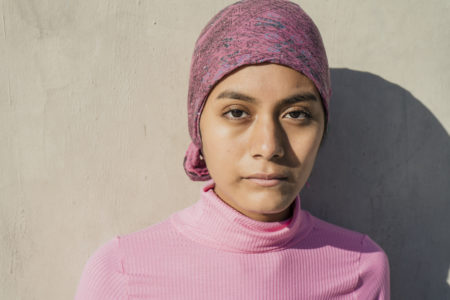 An increase in treatment costs causes many patients to experience medical financial hardships, including struggling to pay medical bills, high levels of financial distress, and delaying cancer care or stopping care altogether due to cost, as Dr. Karen E. Knudsen, chief executive officer, American Cancer Society, states in the annual report.
An increase in treatment costs causes many patients to experience medical financial hardships, including struggling to pay medical bills, high levels of financial distress, and delaying cancer care or stopping care altogether due to cost, as Dr. Karen E. Knudsen, chief executive officer, American Cancer Society, states in the annual report.
Many Latino patients have no health insurance or limited coverage. They are forced into responsibility for paying the entirety of the treatment cost.
COVID-19 only aggravated this, leaving families concerned about their financial security.
But it doesn’t end there.
This pandemic has caused 1 in 500 U.S. children to experience COVID-19 associated orphanhood. This impacts the financial stability of the household.
Many factors contribute to the visible disparities seen in healthcare.
In a Salud America! report, inequitable access to cancer screening and health care was presented as a contributor to Latino cancer disparities.
What Can You Do to Support Latino Patients?
You can play a role in bringing awareness on the importance of cancer screening early on to prevent late detection and diagnosis.
The available screening tests are: Mammography for Breast Cancer; Cervical Cancer via Pap test and an HPV test; Colorectal (Colon) Cancer using colonoscopy, sigmoidoscopy, and stool tests; and Lung Cancer through low-dose computed tomography (LDCT).
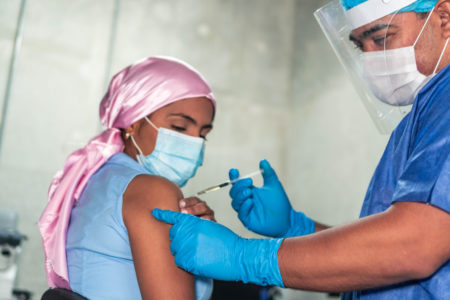 “Prevention is key to lowering out-of-pocket costs,” said Dr. Karen Hacker, director of CDC’s National Center for Chronic Disease Prevention and Health Promotion in the annual report.
“Prevention is key to lowering out-of-pocket costs,” said Dr. Karen Hacker, director of CDC’s National Center for Chronic Disease Prevention and Health Promotion in the annual report.
“Unfortunately, we know that many of these same people also have lower cancer screening use and may end up paying more for their cancer care. Access to the right cancer screening tests at the right time is an important step toward health equity, and we must work to make this a reality.”
Check out our 10 actions to integrate social care into health care.
Our team at Salud America! also launched a new webinar series addressing health equity. The first webinar, about increasing Latino participation in clinical trials, will happen at 11 a.m. CST on Dec. 14, 2021. Clinical trials can be a good way to improve treatment for Latinos. Register to help health care professionals explore strategies and system-changing advocacy actions to improve Latino enrollment in clinical trials.
Furthermore, you can help patients impacted by the economic burden of cancer care in your community by downloading a Health Equity Report Card from Salud America!
This report card displays data and resources your community has access to for healthcare, food, education, and other health equity related issues. You can advocate for your neighbors and present the Health Equity Report Card to your city’s leadership!
GET YOUR HEALTH EQUITY REPORT CARD!
By The Numbers
142
Percent
Expected rise in Latino cancer cases in coming years

